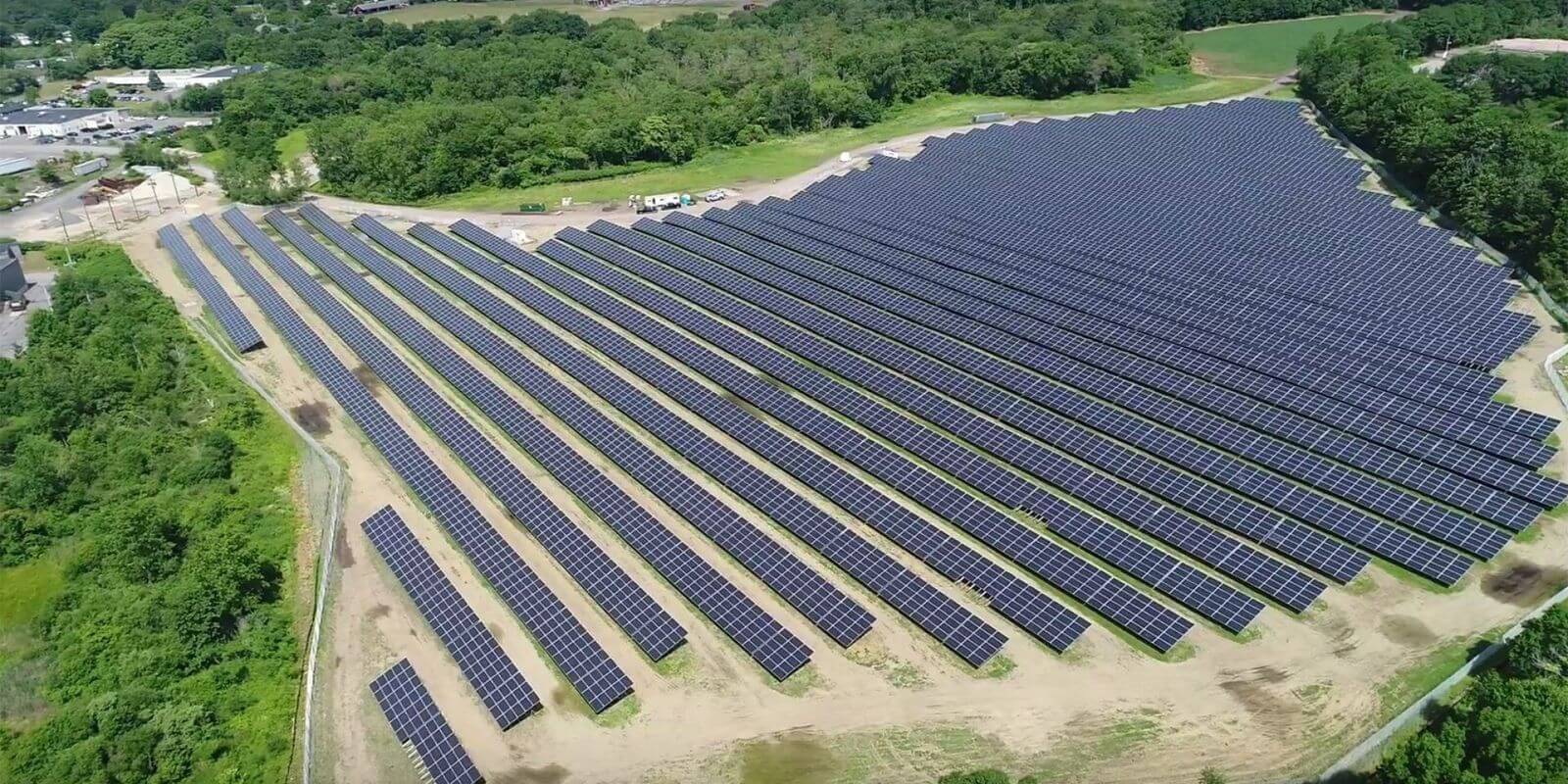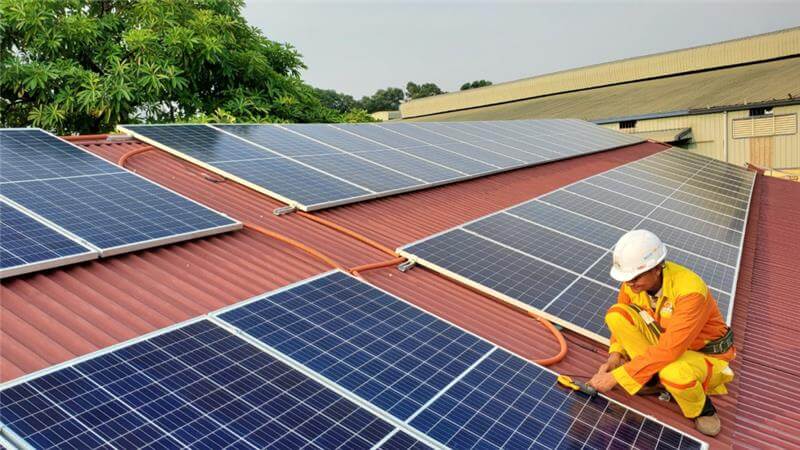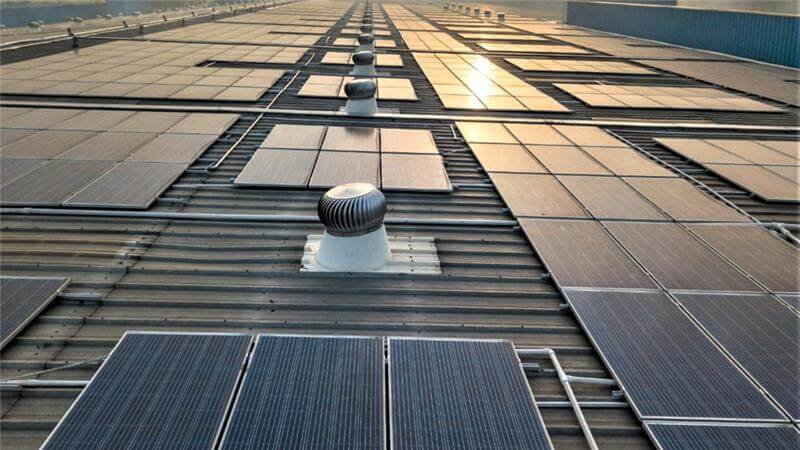Drivers Of SOLAR EPC Segment In India
Established in 2016, Head Quarter at Surat, SUNORA SOLAR is a fastest growing solar module manufacturer & end-to-end renewable engineering, procurement and construction (EPC) solutions provider. Nurturing deep and lasting relationships with strategic partners and key stakeholders such as engineers, suppliers, consultants and financial institutions has helped SUNORA SOLAR to emerge as strong brand.
EPC Segment:
The EPC segment in India is purely driven by the government policies, incentives & prices. Currently there are over 70 GW solar installation done in INDIA which is remarkable achievement. There are so many captive consumers who are willing to use green energy as it has become good option for Return on investment. This is right time for power consumers as Solar EPC prices have come down tremendously due to the reduction of various raw material prices from the international market.
Policy & Incentive Matters:
Every state has its own solar policy which captivate the power consumer to install the solar plant or buy power from cheaper source. The some of the state Government has announced various incentives for MSME segments like interest subsidy up to 5%, If they install the solar project on own roof. Other advantages to captive consumer are tax savings against accelerated depreciation, GST rebate and much more, & it makes project ROI in 3-3.5 years. The RESCO model / Third Party Power Sale model are giving encouragement to the power consumers as they do not have to invest in CAPEX & they just pay for power with discounted rate.
Some of the DISCOMM have introduced the banking charges & banking cycle on the daily or monthly basis for the captive consumers which has made impact on energy savings but at the other end tariff rates are escalating year on year basis.
Green Open Access Rules (GOAR) is issued by Ministry of Power (MoP) which would catalyse the commercial & industrial (C&I) open access market in India. Under the rules, the eligibility limit for availing green OA was reduced to 100 kW from 1 MW (prevalent across major states at the time), thereby increasing the OA consumer base multiple times over.
The Green Hydrogen Reforms are under way. The India’s first Green Hydrogen Station is going to start soon. Such rapid moves are increasing confidence of the investor and other stake holders.
World Bank approves $1.5 billion for the development of low-carbon energy
The banks and financial institutions have been proactive to provide the loan to the captive consumer at good interest rates. The world bank has approved the $ 1.5 billion in financing will help India to scale up REenergy, development of Green Hydrogen and low-carbon energy investments. This program will support the successful implementation of the National Green Hydrogen Mission which aims to stimulate $100 million in private-sector investments by 2030 and also will help India reach its goal of 500 GW of renewable energy capacity by 2030. This program will support policies for a national carbon credit trading scheme to launch a national carbon market is essential to provide a level playing field between low carbon energy and fossil fuels.
Increase in Production Capability
The number of solar module manufacturers are growing drastically due to which EPC prices are going down. The forward and backward integration strategies adopted by many industrialists are making supply chain faster & economical. With substantial existing solar manufacturing capacity and ambitious projects underway, including polysilicon facilities, India is set to become one of the world’s largest solar module manufacturers. There are over 75 solar module manufacturing plants available in India & it has now made possible for INDIA to reduce dependency on foreign players.
Conclusion:
The betterment of integrated solar policies, expansion of local manufacturing capabilities, foreign funding and strategic tie up for green energy are key drivers for unstoppable growth of India in green power field. Such reforms will help INDIA to reduce LCOE (Levelized Cost Of Energy) & achievement of net-zero carbon emissions by 2070. In future country will surely see huge global demand for Indian origin solar equipment.





